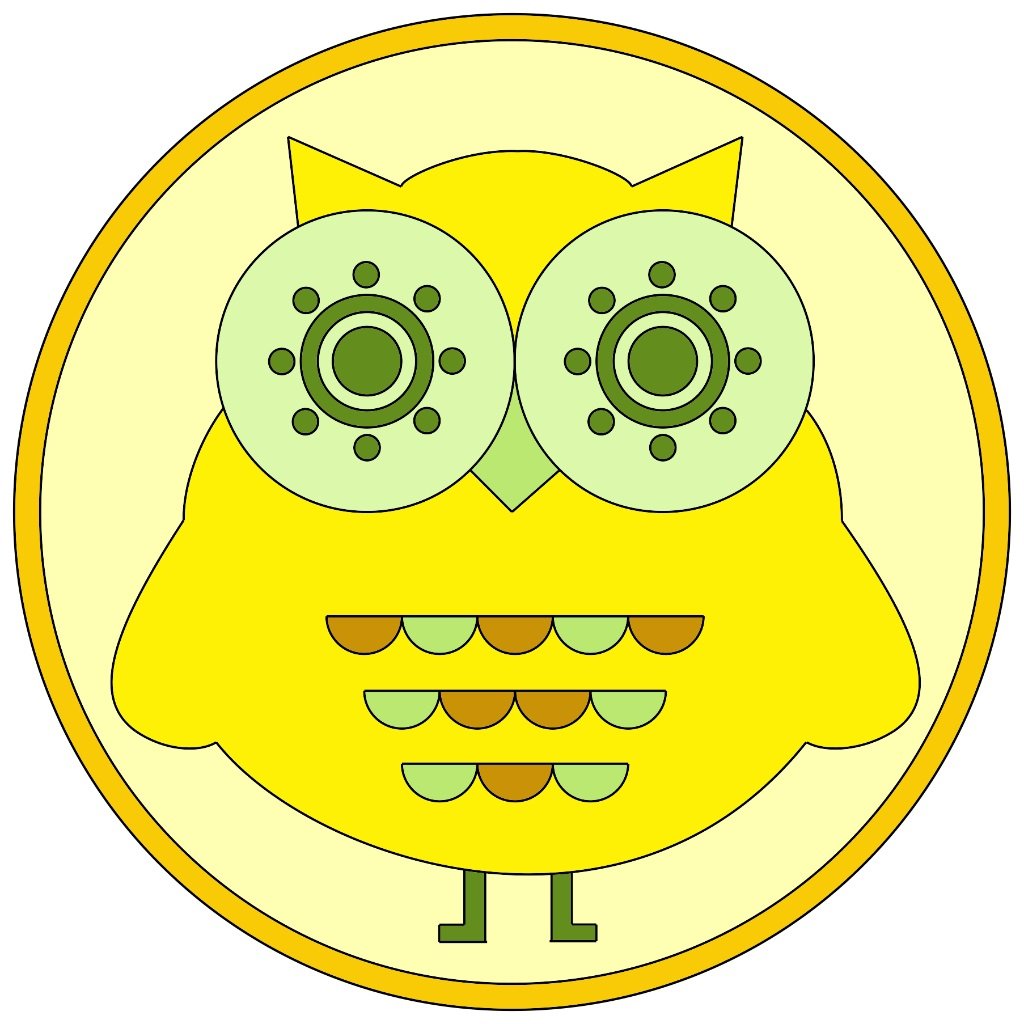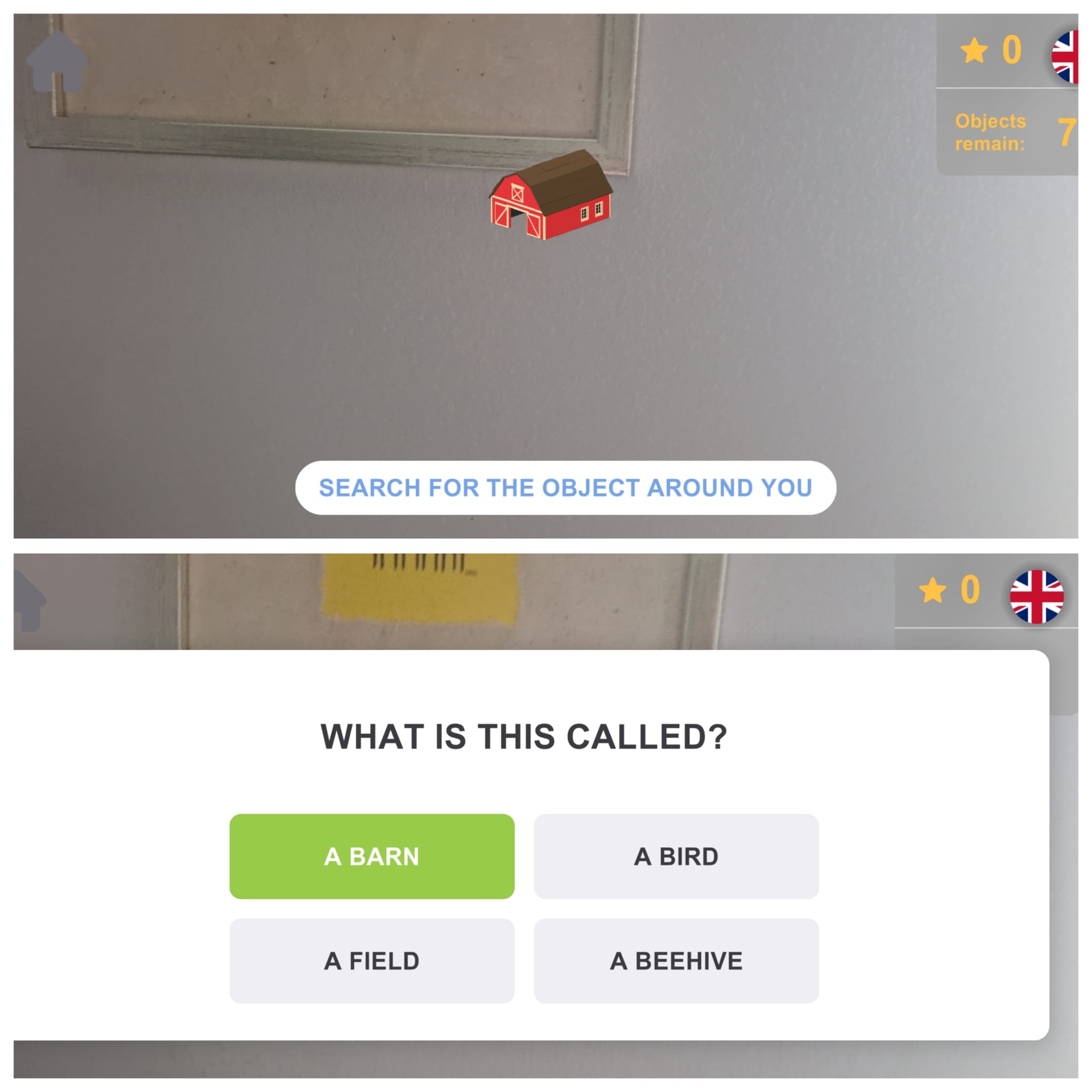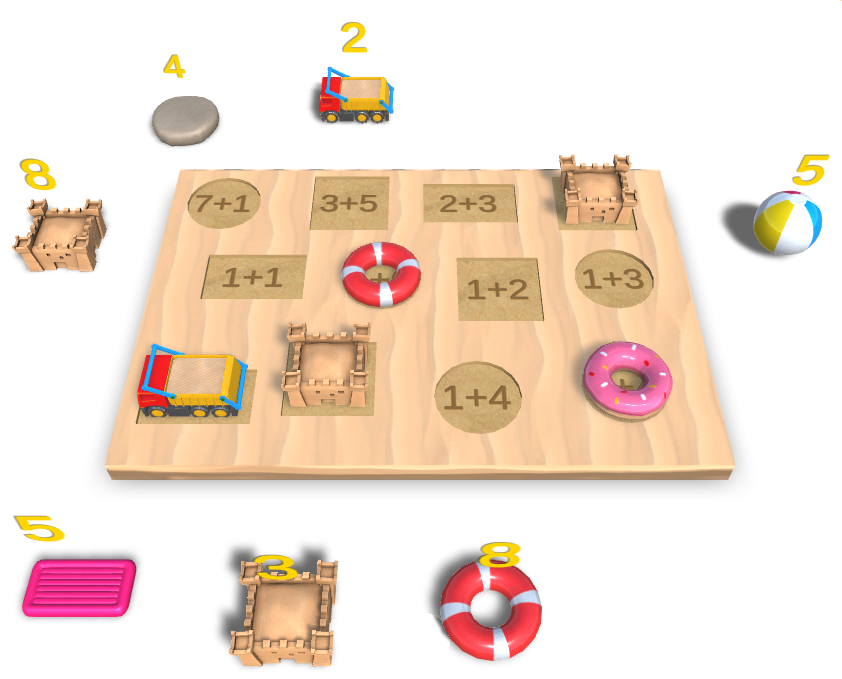About This Lesson
Augmented Classroom (ARC Geography)Activity Time: 30 minutesLesson Objectives
By the end of this lesson, students will be able to:
- Identify different types of insects and describe their physical characteristics (six legs, three body parts, wings for some, antennae, eyes, exoskeleton).
- Compare insects to spiders and other arthropods.
- Explain how different insects move (fly, jump, crawl, swim).
- Explore insects in 3D/AR using the World Map and connect observations to real-world locations.
- Use creativity to imagine and draw an original insect.
Materials
- ARC Geography App (web for 2/D3D or mobile for AR experience)
- Printed World Map (printed if students use mobile devices for AR experience)
- Optional: handouts with insect facts
- Worksheets for addition and subtraction practice
- Whiteboard and markers
Lesson Activities
1. Introduction (5 minutes)
- Begin with a short discussion about insects: “What is an insect?”
- Ask students to recall what they learned: types of insects, habitats, and physical traits.
2. Guided Discussion (5 minutes)
- Lead a discussion on:
- Types of insects living in the students’ country.
- Differences between insects and spiders.
- How insects move (crawl, fly, jump, swim).
- Poisonous vs. harmless insects.
3. AR Exploration (10 minutes)
- Open the ARC Geography app and log in as the teacher.
- Start the lesson; have students join via join code or link (PRO option or demonstrate in Basic version).
- Select “World Map” → “Mini Beasts”. Students’ devices will follow your navigation.
- Students point cameras at the printed World Map so AR insects appear on top.
- Explore each insect in 3D, read facts, and discuss their characteristics.
4. Creative Activity (5-7 minutes)
- Ask students to imagine their own insect:
- How many legs?
- Does it fly, swim, jump, or crawl?
- What colors or patterns does it have?
- Students draw their imaginary insects and describe them to the class.
5. Wrap-Up & Reflection (2-3 minutes)
- Review key learning points: insect characteristics, movement, and habitats.
- Ask reflective questions:
- “Which insect was your favorite and why?”
- “Would you want to see this insect in real life?”
- “How do insects help the environment?”
Differentiation
- Struggling learners: Provide pre-labeled diagrams or simplified AR exploration with teacher guidance.
- Advanced learners: Encourage research on unusual or rare insects and share findings with the class.
Assessment
- Observation of student participation in AR exploration and discussion.
- Review of drawings and oral explanations of imaginary insects.
- Informal questioning during discussion to check understanding.












